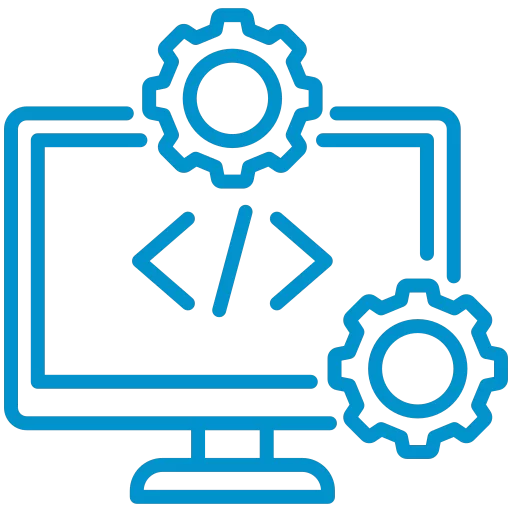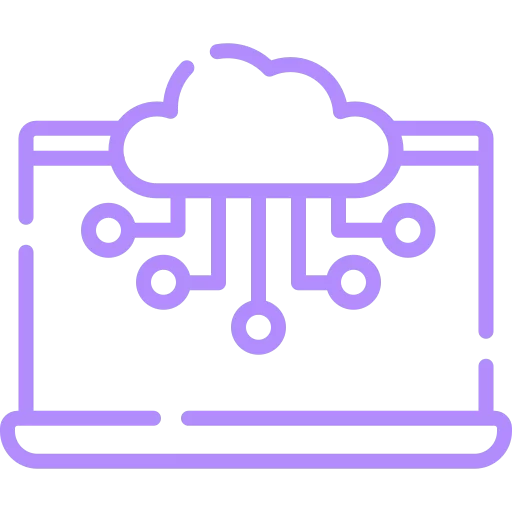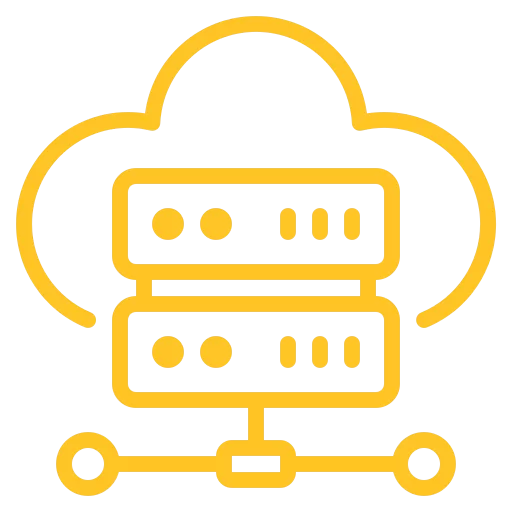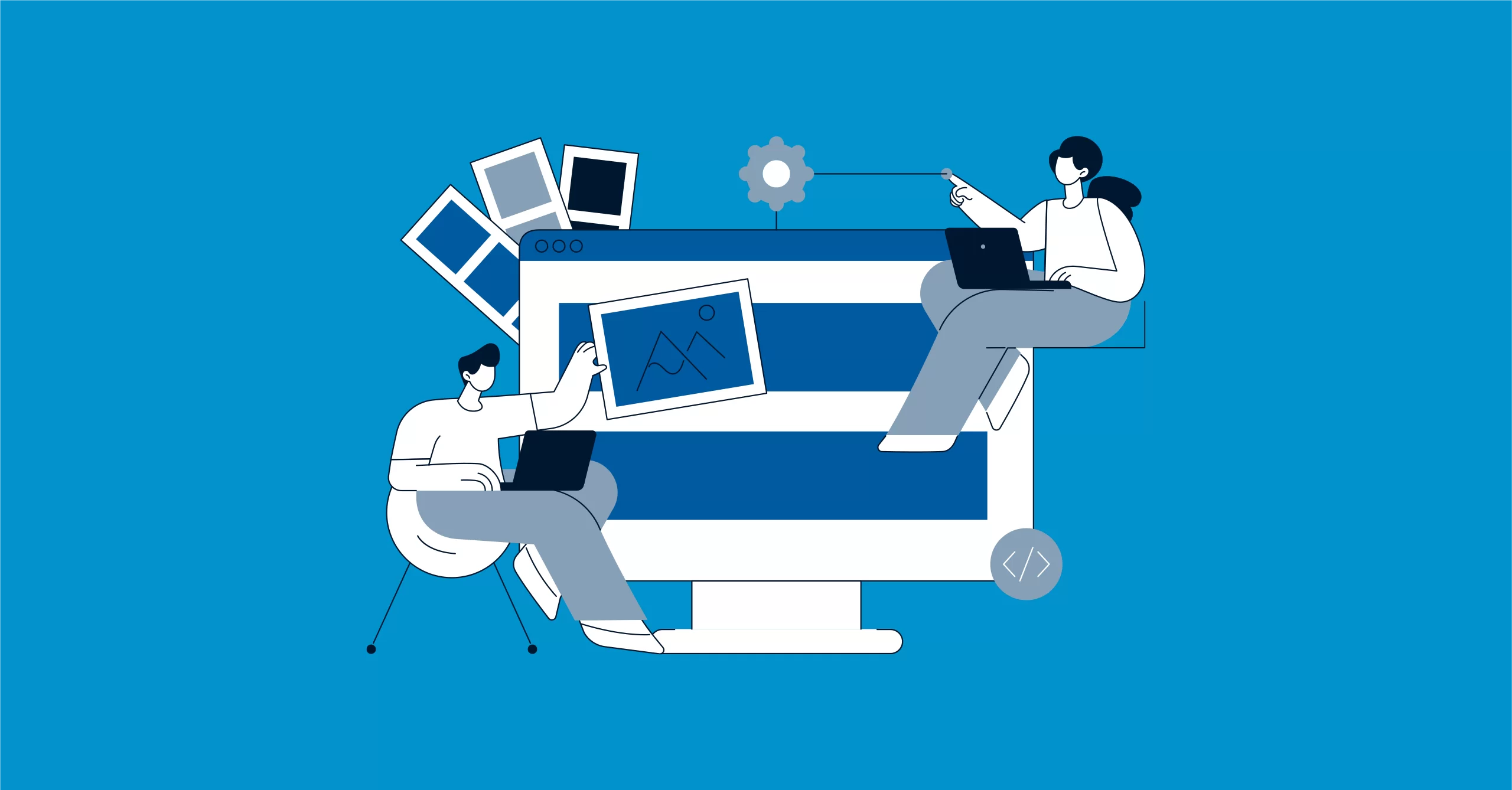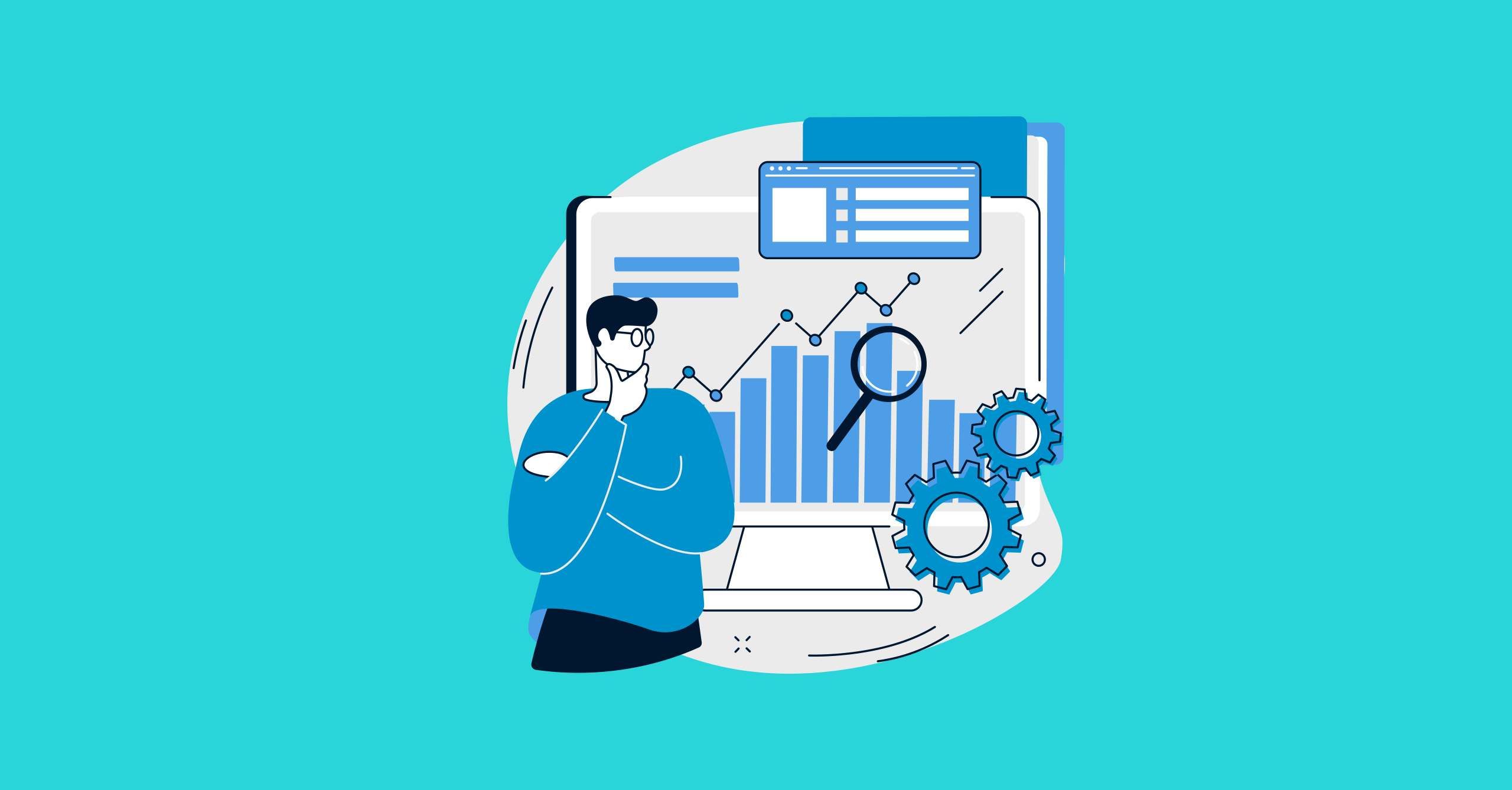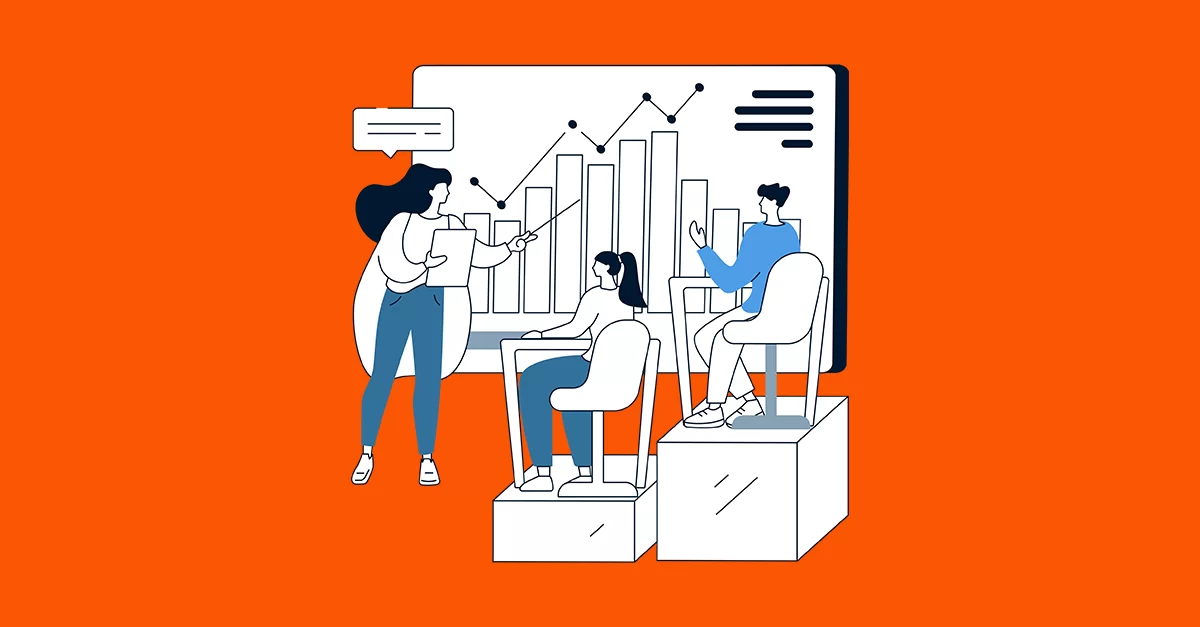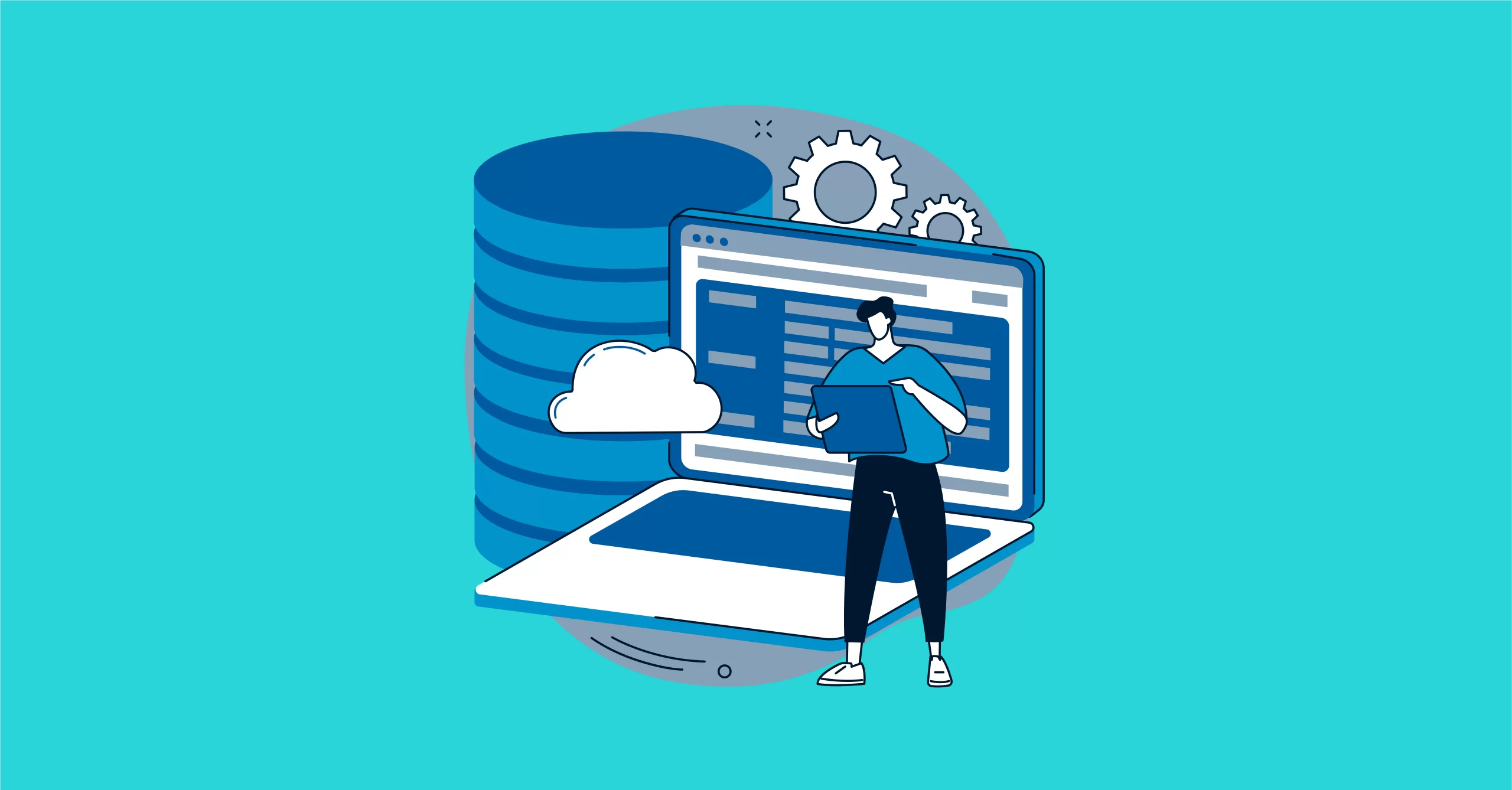
In recent years, when new technologies have developed rapidly, cloud computing has become the center of digital transformation for both individual users and businesses. Instead of allocating large budgets for hardware and software infrastructure or purchasing and running their own IT infrastructure or data centers, companies are adopting a scalable and usage-based structure by providing the computing resources they need through cloud services over the internet.
Simply put, cloud computing refers to the use of hardware and software services delivered over the internet – users access applications and data from any device with their credentials, without having to store data on their physical hard drives. By 2025, a much wider range of cloud services will be available, including not only data storage, but also networking solutions, AI applications and IT infrastructures.
In this 2025 guide, we will look at the basics of cloud computing and explore how this technology is revolutionizing enterprise applications such as call centers.
Types of Cloud Computing Services: IaaS, PaaS and SaaS
PaaS solutions are not only limited to traditional software projects, but also underpin next-generation technologies such as IoT (Internet of Things). For example, a manufacturing company can develop predictive maintenance applications by processing data from IoT sensors in real time. Thanks to PaaS infrastructure, such projects can be implemented quickly and scaled easily.
If you would like to explore the role of IoT in digital transformation and its advantages for businesses in depth, you can check out our blog post titled “What is IoT? What Does the Internet of Things Mean?” in this blog post!
The Future of Cloud Computing: The Rise of the Real-Time Customer Experience!
Cloud computing is entering a transformative phase where real-time processing capabilities and intelligent automation are fundamentally reshaping enterprise operations. The convergence of hybrid architectures with AI, machine learning and IoT technologies represents a paradigm shift that goes far beyond operational efficiency; it is redefining how organizations engage with customers and compete in an increasingly digital marketplace.
This technological evolution, particularly evident in customer service platforms, is creating new metrics such as “instant routing”, “omnichannel integration” and “dynamic reporting” that are becoming key differentiators for sustainable competitive advantage.
SPIDYA Cloud Products;



Take customer experience to the future by managing your call center operations with maximum efficiency with minimum IT load with multi-channel routing, IVR, call recording and real-time analysis with SPIDYA Cloud Contact Center without hardware and license investment!
